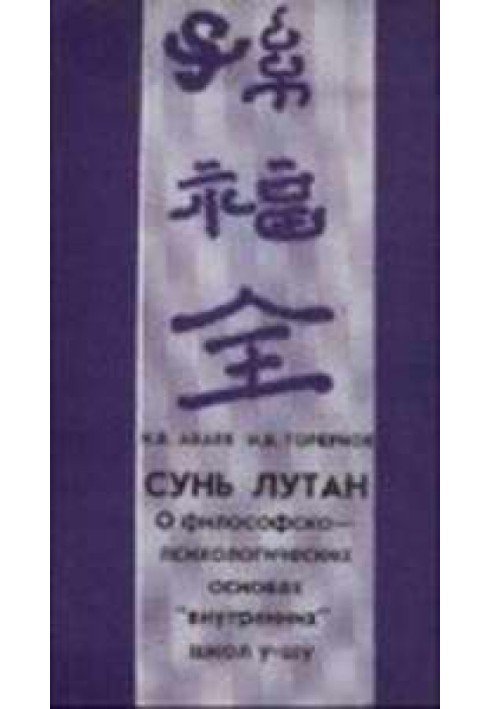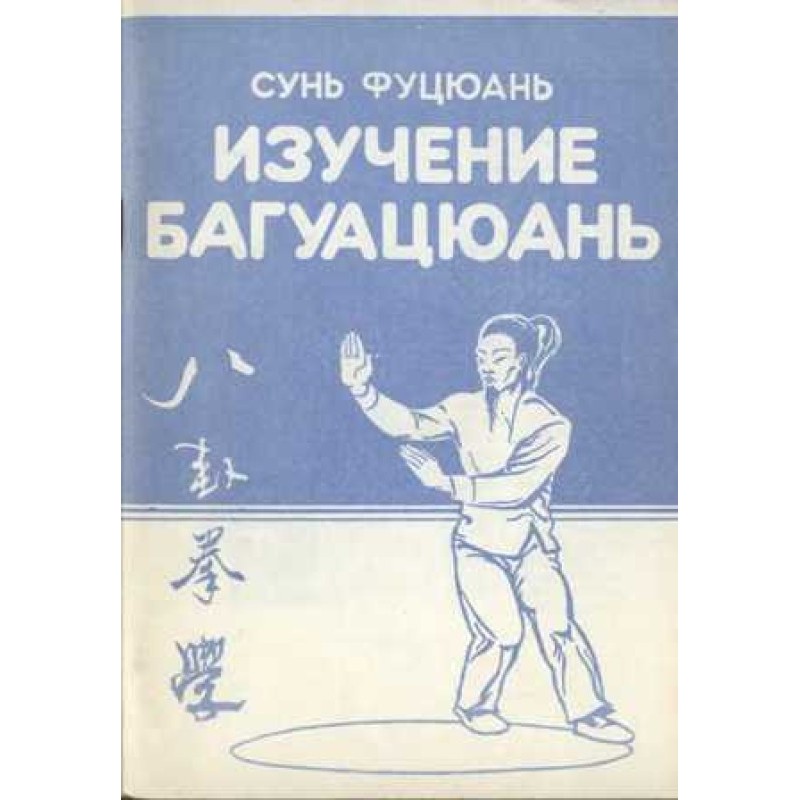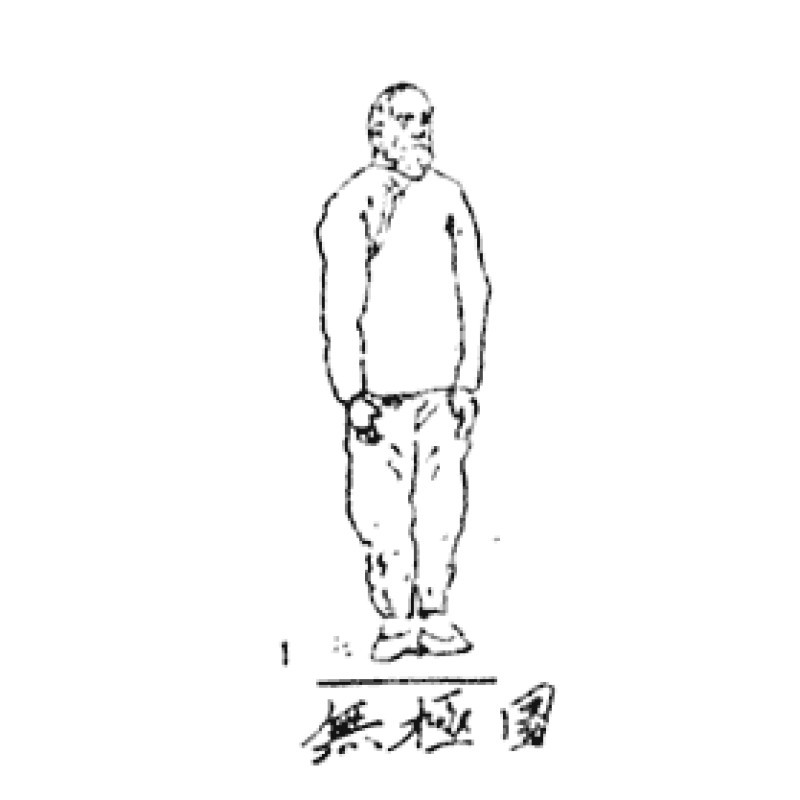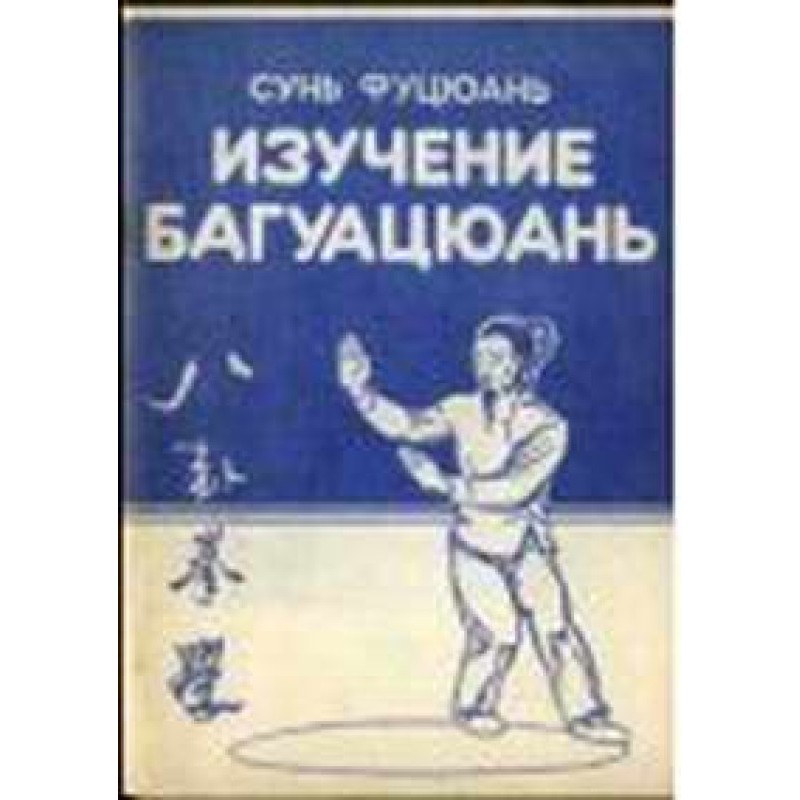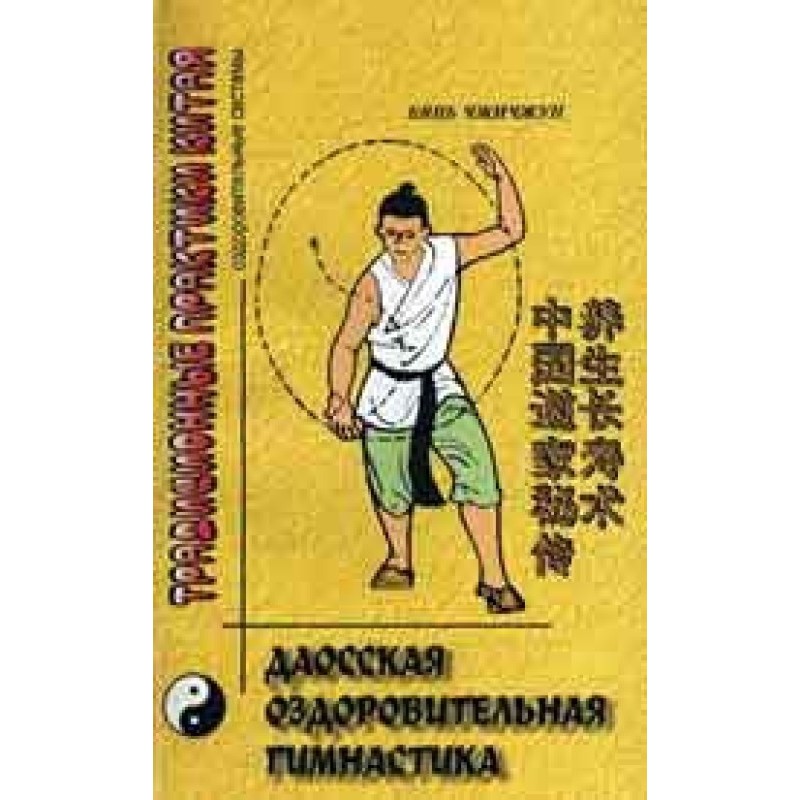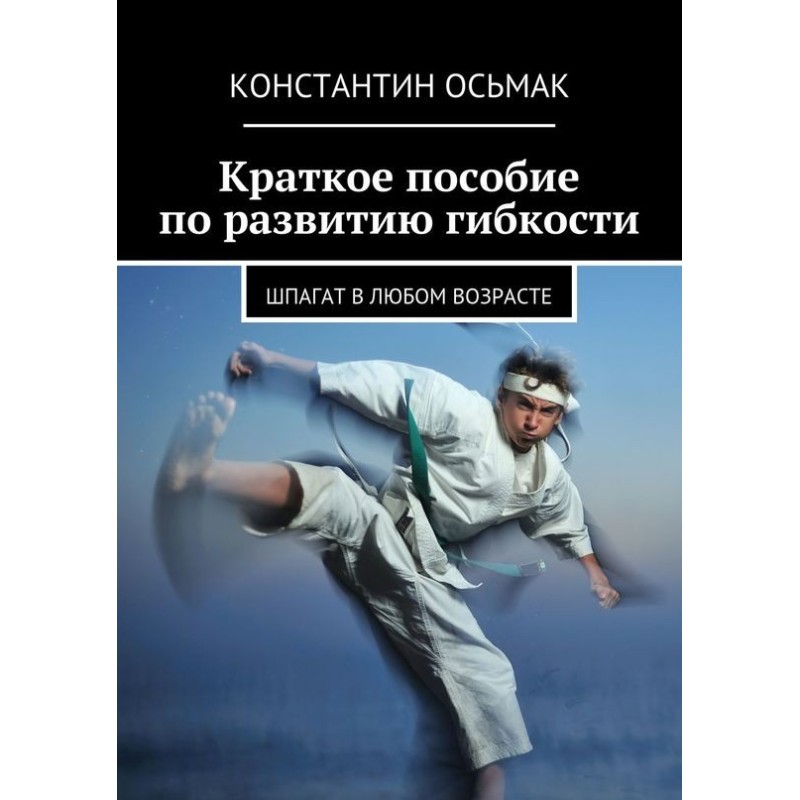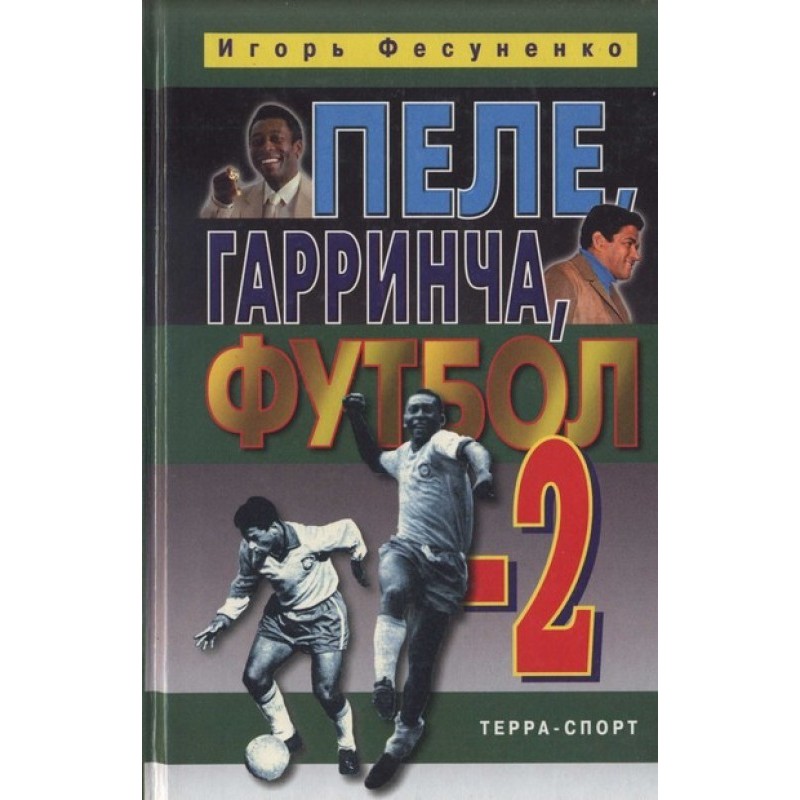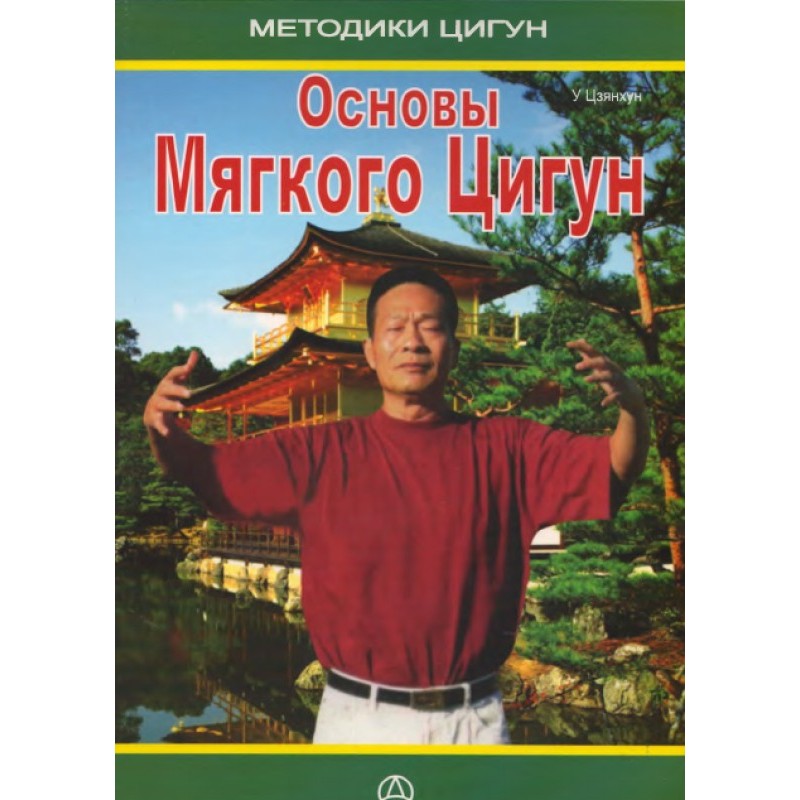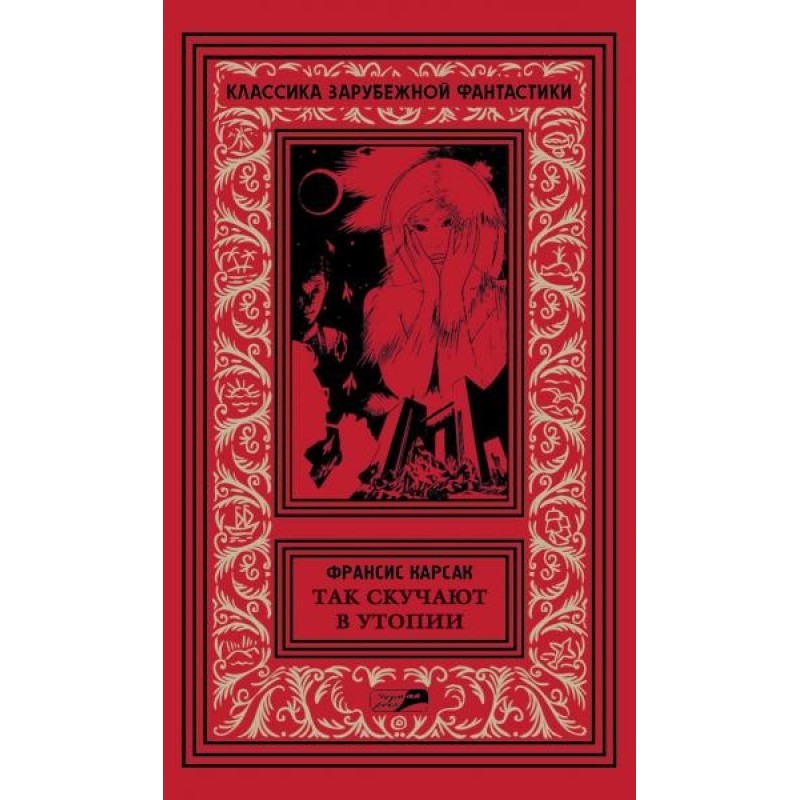Sun Lutang - On the philosophical and psychological foundations of the internal schools of wushu
 Instant download
Instant download
after payment (24/7)
 Wide range of formats
Wide range of formats
(for all gadgets)
 Full book
Full book
(including for Apple and Android)
Tai Chi Chuan is a special type of Chinese martial art. There are many legends about the time of origin and the ancestor of Tai Chi Chuan. One of them says that during the Southern Song Dynasty (1127-1279), a deity, Emperor Huang Wu, once appeared in a dream to the Taoist monk Zhang Sanfeng and gave him the teaching of the art of hand-to-hand combat, on the basis of which he created the internal direction of quan shu, including the Tai Chi Chuan school. This system turned out to be so effective that the unarmed patriarch, being at a very respectable age, single-handedly dealt with an entire gang of bandits. The most popular of these legends tells that Zhang Sanfeng once saw a fight between a snake and a magpie from the window of his hut. Sharp blows of the beak did not bring success to the bird, because the soft, fluid and round movements of the snake allowed it to evade blows. Maintaining a soft and flexible body during the fight and moving along circular trajectories, the snake eventually defeated the magpie. In this, Zhang Sanfeng saw a brilliant confirmation and successful application in a real martial arts situation of the fundamental principle of Taoist philosophy “the weak and soft defeats the hard and strong,” formulated in the ancient treatises “Daodejing”, “Zhuanzi”, etc. Having realized the superiority of the soft over the hard and the importance harmonious combination of the polar forces of Yin and Yang, rest and movement, empty and filled, hard and pliable, Zhang Sanfeng developed a special system of exercises and techniques of hand-to-hand combat, based on his observations of the habits of snakes and birds, animals, floating clouds, flowing water, the movement of trees bending in the wind, etc. A characteristic feature of the Sun school is fast, energetic and more dynamic movements than in some other schools. The movements of the legs stand out with particular dexterity, agility and speed, for which it received the name “Ho-bu jia” - “School of lively gait”. It is also characterized by an easy change of direction of movement, and during turns the frequent use of “opening” and “closing” movements of the palms. For this, the school has another name: “Tai Chi of opening and closing movements.” The Sun school genetically goes back to the Wu school, also known as Hao (named after one of its masters, Hao Weizhen). Sun Lutang learned the art of Tai Chi Chuan from Hao Weizhen, who in turn was student and follower of the founder of the Wu (Hao) school - Wu Yuxiang, a student of the master Yang Luchan (1800-1873), who founded the Yang school. In turn, Yang Luchan studied this art in the Chen family. So the Sun school is connected with the ancient Chen branch, which is very popular in modern China. The originality of Master Sun Lutang's school is explained not only by his temperament, but also mainly by the fact that, along with various styles of Tai Chi Chuan, he also mastered other schools of internal direction - Ba Gua and Xing-i. In the system he developed, he was able to synthesize the best achievements of these schools. The correct initial orientation towards unity with the macro- and microcosm, smooth and round movements, correct regulation and accumulation of energy by the body bear fruit. Tai Chi Chuan has a reputation in China and around the world an excellent preventive and often therapeutic agent. Of course, regular exercises with the system have a beneficial effect on the nervous system and increase the years of active life. Modern Chinese medicine widely uses Tai Chi Chuan gymnastics in its practice.
Data sheet
- Name of the Author
- Лутан Сунь
- Language
- Russian
- Translator
- Игорь Викторович Горбунов
Николай Вячеславович Абаев
Reviews
Книга для тих, хто шукає глибини
"Сунь Лутан - Про філософсько-психологічні засади внутрішніх шкіл у-шу" - це книга, яка вимагає від читача уважності та відкритості до нових ідей. Автор пропонує глибокий аналіз філософських основ Тай-цзі цюань, що може бути складним для тих, хто звик до більш практичного підходу. Проте, для мене це стало справжнім відкриттям. Я навчився розуміти, як філософія впливає на практику, і це допомогло мені покращити свої навички. Якщо ви готові заглибитися у світ філософії бойових мистецтв, ця книга стане для вас справжнім скарбом.
Відкриття світу Тай-цзі цюань
Книга "Сунь Лутан - Про філософсько-психологічні засади внутрішніх шкіл у-шу" стала для мене справжнім відкриттям. Автор майстерно поєднує філософські концепції даосизму з практичними аспектами бойового мистецтва, що робить цю книгу не лише навчальним посібником, а й глибоким філософським твором. Я особливо вражений описом легенди про Чжан Саньфена, яка наочно демонструє, як спостереження за природою може надихнути на створення ефективних бойових технік. Книга також підкреслює важливість м'якості та гнучкості, що є основою Тай-цзі цюань. Я рекомендую цю книгу всім, хто цікавиться східними бойовими мистецтвами та філософією, адже вона відкриває нові горизонти розуміння не лише мистецтва бою, а й самого життя.
Глибоке занурення у філософію
Ця книга стала для мене справжнім джерелом знань про Тай-цзі цюань та його філософсько-психологічні основи. Автор детально описує, як принципи даосизму впливають на техніку та методи бойового мистецтва, що допомагає зрозуміти глибину цього мистецтва. Я був вражений, як автор зумів синтезувати різні школи внутрішнього спрямування, створивши унікальну систему, яка поєднує в собі елементи Багуа і Сін-і. Книга не лише навчила мене техніці, але й допомогла заглибитися у філософію, що стоїть за цими рухами. Рекомендую цю книгу всім, хто прагне не лише фізичного, а й духовного розвитку.
Не зовсім те, що очікував
Хоча книга "Сунь Лутан - Про філософсько-психологічні засади внутрішніх шкіл у-шу" має багато корисної інформації, я очікував більш практичного підходу до навчання Тай-цзі цюань. Деякі розділи занадто теоретичні, і я б хотів більше конкретних вправ та технік, які можна було б використовувати на практиці. Проте, книга все ж містить цікаві історії та легенди, які можуть зацікавити тих, хто хоче дізнатися більше про історію цього мистецтва. Можливо, вона більше підійде тим, хто цікавиться філософією, ніж практикуючим бойовим мистецтвом.
Вражаюче поєднання теорії та практики
Книга "Сунь Лутан - Про філософсько-психологічні засади внутрішніх шкіл у-шу" вразила мене своєю здатністю поєднувати теоретичні знання з практичними аспектами Тай-цзі цюань. Автор детально пояснює, як філософія Інь і Ян впливає на техніку, що допомагає зрозуміти, чому саме ці принципи є основою успішного бою. Я також оцінив опис рухів "Хо-бу цзя" та їхню динамічність, що робить цю школу унікальною. Книга стала для мене не лише навчальним посібником, а й натхненням для особистого розвитку. Рекомендую всім, хто прагне глибше зрозуміти Тай-цзі цюань.

